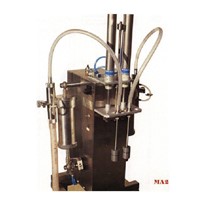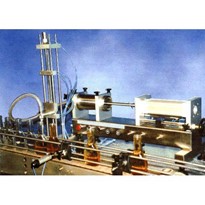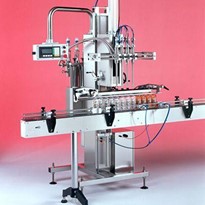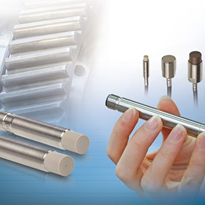Greater speed of handling inward shipments and faster distribution of product for the company’s customers.
Prior to the installation of the filling system, Juice Terminals were importing orange juice concentrate from Brazil in 200 litre drums. Transit time from Brazil was more than forty days. Now, with the local filling, the product can be shipped to Australia in bulk and 200 or 1,000 litre containers can be filled on a ‘just in time’ basis, to meet customer demand.
“The big advantage, now that we have the Flex Pack equipment, is the ability to more economically supply juice to our Australian customers in their preferred container sizes,” said Chris Carpp of Juice Terminals.
“We only need days, instead of weeks, to fill an order.
“Our procedure, now, is to import orange juice concentrate in bulk, thousands of tonnes at a time, in a specific stainless steel lined hold in the ship – and when the ship arrives at port, pump it directly into on-shore storage tanks.
“We can now use our new Flex Pack drum filler to fill either 200 litre drums or 1,000 litre IBCs – Pallecons or Schutz plastic containers.
“Packaging to meet our customers needs has made a significant difference,” explained Chris.
Juice Terminals looked at Australian made fillers and concluded that Flex Pack fillers were the preferred option. The design chosen by Juice Terminals allows the filling of up to 12 x 1,000 litre IBCs (12 tonnes) per hour. This is based on achieving a designed flow rate of 5 litres per second of heavy juice concentrate.
“Orange juice concentrate is not an easy product to handle, it can be quite viscous, something like the viscosity of liquid honey … and equipment requires particular specifications in order to deliver at speed while conforming to HACCP requirements,” said Chris.
“We were sufficiently impressed by Flex Pack’s presentation that we checked with some of their customers, and on the strength of all that, decided to proceed with Flex Pack,” explained Chris.
Juice Terminals decided to utilize the Flex Pack design – it uses larger diameter product piping and has the bigger filler head to ensure an adequate flow rate for the system that works at 6–7 bar pressure.
“We left it to Mark Brown of Flex Pack to develop the specs … but also kept him to a short delivery time. We put them on a pretty tight time line as our business was expanding and we needed the drum filler pretty quickly.
“And, the schedule for ship arrivals is not very flexible. It was a lot of pressure for Flex Pack.”
The Flex Pack filler decaps incoming empty containers, fills the container, then recaps and labels. The whole process is entirely automatic. Flex Pack systems are known to regularly achieve batch repeatability of 0.5% – and often better.
A Siemens PLC based processor system with a touch screen, controls all operations of the system.
The filler is set up in a clean room with containers entering and exiting through clean air locks.
“We are very happy with the service we received from Flex Pack, the modifying of the design to our needs and the performance of the filler,” concluded Chris.
The Flex Pack system is based on a three station conveyor system. For this particular application for Juice Terminals a semi automatic system was installed. It requires the operator to control the flow of drums or IBCs into and away from the central filling station.
The fill station has a lift mechanism that raisers and lowers the pallet up off the chain conveyor with PEs controlling timing and pallet location.
An articulated control arm allows the fill head to reach any part across the pallet. The filler head then lowers to the bottom of the container for a bottom fill.
The system is CIP compatible for thorough cleaning and quick changeover.


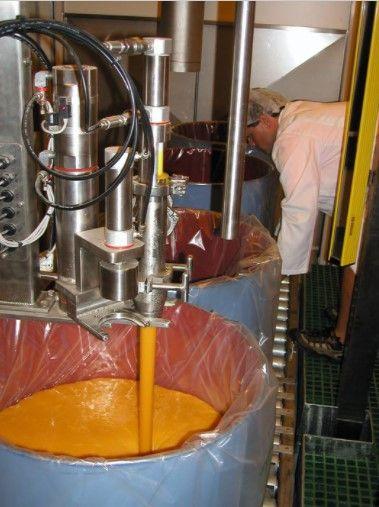
-160x160-state_article-rel-cat.png)
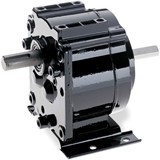
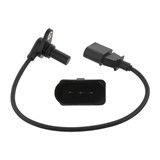
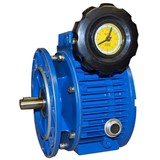
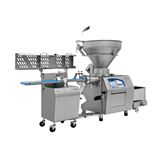
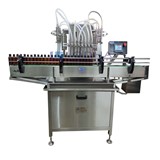
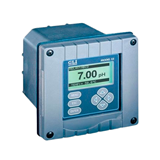

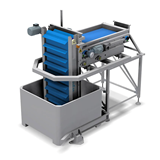
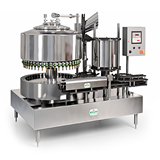
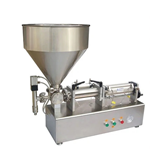
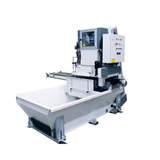


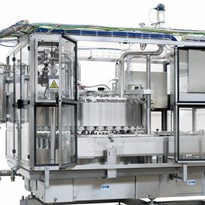


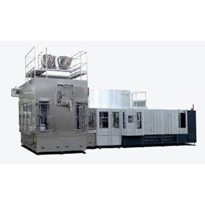
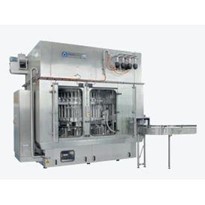
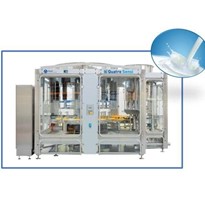
-205x205.jpg)
